I couldn't have said it better myself. This short essay from Kati Haycock, founder of the Education Trust, frames the current education issues perfectly:
Look to Schools to Solve the Achievement Gap
Kati Haycock //Sep. 27, 2011 // 8:00 AM from the Education Nation blog:
The shameful truth about America’s public schools system is this: If you’re a young person of color or come from a poor or working-class family, you stand a pretty high chance of getting a second-rate education.
In fact, the latest national data show that more than half of all African-American and Latino fourth-graders are unable to read at even a basic level. And, math skills of low-income eighth-graders are more than twice as likely to be below basic as those of their more affluent classmates.
This is an enormous problem, not just for these kids, their families and their communities, but for all of us. Low-income students and students of color together make up the majority of kids enrolled in our nation’s schools. A sub-par education at the K-12 level leads to lower college degree attainment, which, in turn, poses a direct threat to our nation’s future security and prosperity.
Certainly, a lot of students enter school already behind their peers. Most of us know that and are outraged that we allow so many American children to grow up in difficult circumstances. But instead of giving these kids more of what they need in order to catch up, our education system gives them less of everything that matters for academic success.
Consider this:
We spend less on their schools. Research and common sense both tell us that it costs more to educate disadvantaged students. But in high-poverty school districts, we spend an average of $773 less per student than we do in more affluent districts. And in high-minority districts, that funding gap is even greater: $1,122 per student.
We expect less from them. Far too often, students attending high- poverty schools receive A’s for work that would earn C’s in a more affluent school on the other side of town. And high school graduates of color are about half as likely as white graduates to have completed a college-prep curriculum.
We staff their schools with the least prepared teachers. We take the kids most likely to face outside-of-school challenges and put them in chemistry classes taught by English majors and algebra classes led by first-time teachers. In fact, low-income students and students of color are about twice as likely as other kids to be assigned to out-of-field or rookie teachers.
It’s easy to blame low achievement among these students on uninvolved parents or the burdens of poverty and race. But while the achievement gap has roots outside of schools — serious ones that we must address — it has solutions inside the school walls. When educators refuse to let a student’s circumstances become an excuse for poor performance, they can, quite literally, change his whole life for the better. And we’ve met thousands of these educators.
Every year, with our Dispelling the Myth award, The Education Trust recognizes schools that have doubled down in their determination to help kids learn and have yielded astonishing outcomes. These schools and the educators who staff them prove that low-income students and students of color can and do achieve at the highest levels, so long as they are taught at high levels.
Take George Hall Elementary School with a student enrollment that is almost entirely African American and low-income. Despite being in one of the poorest neighborhoods in Mobile, Ala., the strong leadership of a new principal transformed the school into a leading example of teacher collaboration and careful attention to student performance. Teachers at George Hall ensure that their lessons are rich, effective and broaden the students’ horizons; they use field trips and outside materials to provide the kinds of experiences that allow them to transcend poverty. Now, more than 95 percent of its students at least meet state standards in reading and math.
Then there’s Griegos Elementary School in Albuquerque, N.M. where three-fourths of the students are Hispanic and more than half are low-income. Despite its demographics, Griegos is one of just a handful of schools in New Mexico where most students are meeting state standards in math, reading and writing. Nearly four out of five Griegos fourth-graders meet state math standards, as compared to just 44 percent of students statewide. Like George Hall’s outcomes, these results are no accident – they’re the product of high expectations and rigorous assignments. As one Griegos educator said, “We don’t care if you’re rich or you’re poor. You’re going to do the work. Both for work and for behavior, they’re all accountable.”
George Hall and Griegos are just two of the schools bucking the trend and proving that all students can succeed. Our nation’s economic strength hinges on our deeply held belief that hard work and education are the keys to the American dream. And that, in turn, means we need to learn from the schools that are lifting student achievement and replicate their lessons all across the country. We have neither a mind nor a moment to waste.
Kati Haycock is president of The Education Trust, a Washington-based nonprofit organization that works for the high academic achievement of all students at all levels, pre-kindergarten through college.
